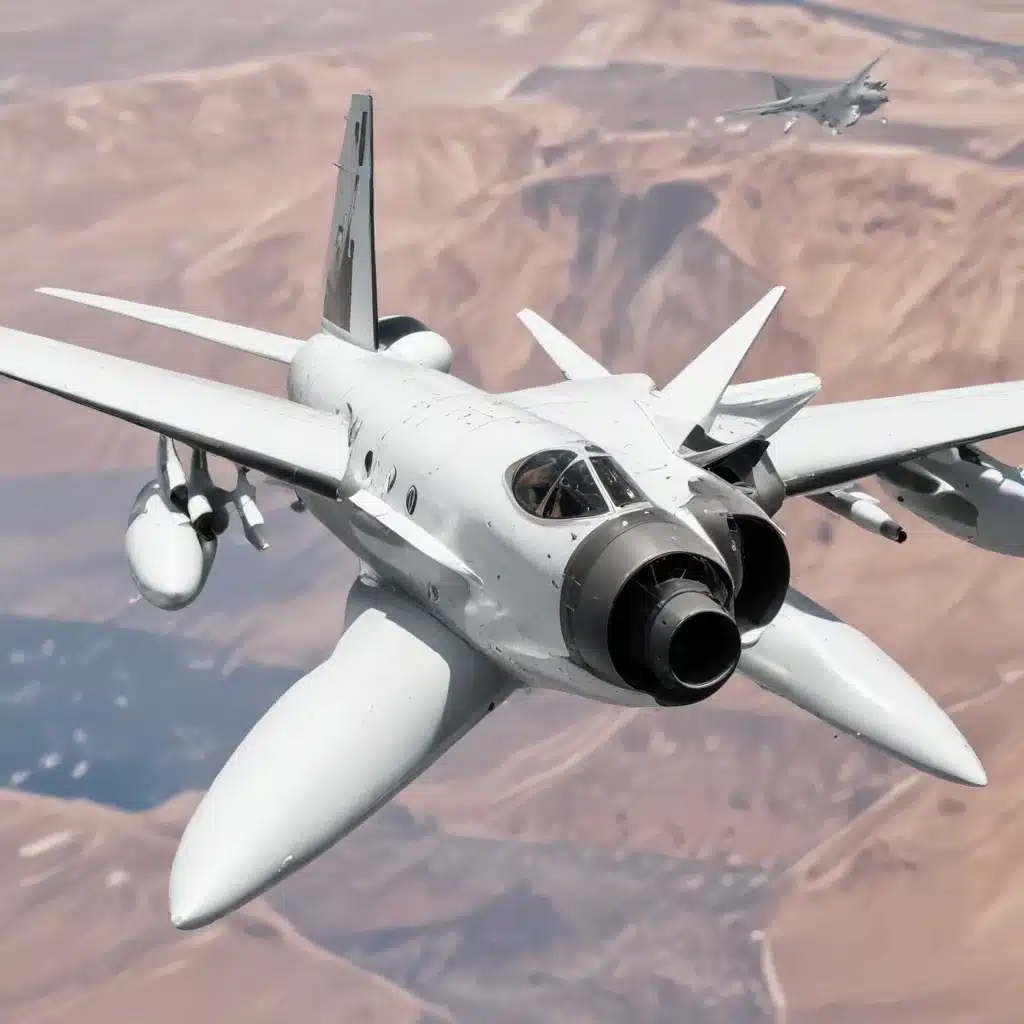
Understanding the Composition and Properties of Aerospace Materials
As an expert in air-cooled heat exchangers, I’m often asked about the materials used in aerospace engineering and how they contribute to the performance and reliability of flight vehicles. In this in-depth article, we’ll explore the key aerospace materials, their unique properties, and how they enable the design and manufacture of advanced aerospace systems.
The Evolution of Aerospace Materials
Aerospace engineering has undergone a remarkable transformation over the past century, driven in large part by the development of innovative materials. From the early days of wood and fabric-based aircraft to the sophisticated composite structures of modern jets and spacecraft, the materials used in aerospace applications have become increasingly sophisticated, enabling engineers to push the boundaries of flight.
One of the primary drivers behind the evolution of aerospace materials has been the need for lightweight, high-strength, and corrosion-resistant components. As aircraft and spacecraft designs have become more complex, the demands placed on these materials have only increased. Let’s take a closer look at some of the key aerospace materials and their unique characteristics.
Aluminum Alloys
Aluminum alloys have been a staple in aerospace engineering for decades. These lightweight, strong, and corrosion-resistant materials have been used extensively in the construction of aircraft fuselages, wings, and other structural components. Aluminum alloys offer a favorable strength-to-weight ratio, making them an attractive choice for applications where weight reduction is critical.
One of the key advantages of aluminum alloys is their ability to be easily fabricated into complex shapes using techniques like casting, forging, and machining. This versatility has allowed designers to create intricate and aerodynamic components that contribute to the overall performance of the aircraft or spacecraft.
Titanium Alloys
Titanium alloys have become increasingly important in aerospace engineering due to their exceptional strength-to-weight ratio and corrosion resistance. These materials are often used in high-stress areas, such as landing gear, engine components, and airframe structures, where their superior mechanical properties are essential.
Titanium alloys are known for their excellent fatigue and fracture resistance, making them well-suited for applications where safety and reliability are paramount. Additionally, the ability of titanium to withstand high temperatures makes it a popular choice for components exposed to extreme environmental conditions, such as those found in jet engines or hypersonic vehicles.
Composite Materials
One of the most significant advancements in aerospace materials has been the development of composite materials, which are created by combining two or more distinct materials to achieve enhanced properties. Composite materials, such as carbon fiber-reinforced polymers (CFRP), have revolutionized the design and construction of aircraft and spacecraft.
Composites offer several advantages over traditional metallic materials, including:
* Exceptional strength-to-weight ratio
* Tailorable properties (e.g., adjusting the fiber orientation to optimize strength)
* Improved corrosion resistance
* Reduced maintenance requirements
The use of composites has allowed aerospace engineers to create lighter, more fuel-efficient, and structurally superior flight vehicles. From the fuselage and wings of commercial airliners to the intricate structures of satellite components, composites have become an indispensable part of modern aerospace engineering.
Superalloys
Superalloys are a class of high-performance materials that are designed to withstand extreme temperatures, pressures, and stresses. These materials are often used in the construction of jet engine components, such as turbine blades and combustion chambers, where they are subjected to intense operating conditions.
Superalloys are typically composed of a complex mixture of metals, including nickel, cobalt, and chromium, which impart exceptional strength, corrosion resistance, and thermal stability. The development of advanced superalloys has enabled the design of more efficient and powerful jet engines, which in turn have contributed to improved aircraft performance and fuel efficiency.
Ceramics and Ceramic Matrix Composites
In addition to metallic and polymeric materials, aerospace engineering has also incorporated the use of ceramics and ceramic matrix composites (CMCs). These materials are particularly well-suited for high-temperature applications, such as the leading edges of hypersonic vehicles or the thermal protection systems of spacecraft.
Ceramics and CMCs offer several desirable properties, including:
* Exceptional heat resistance
* High-temperature strength
* Corrosion and wear resistance
The ability of these materials to withstand extreme thermal environments has made them invaluable in the design of reusable launch vehicles, spacecraft thermal protection systems, and other components that must operate in harsh conditions.
Additive Manufacturing and Advanced Processing
The aerospace industry has also embraced the use of advanced manufacturing techniques, such as additive manufacturing (also known as 3D printing), to create complex, customized components from a wide range of materials. This technology has enabled the production of lightweight, optimized structures that would be difficult or impossible to fabricate using traditional manufacturing methods.
Furthermore, the development of advanced processing techniques, such as powder metallurgy and chemical vapor deposition, has allowed for the creation of high-performance materials with unprecedented properties. These advancements have opened up new possibilities in aerospace engineering, enabling the design of more efficient, reliable, and innovative flight vehicles.
Conclusion
The materials used in aerospace engineering have evolved dramatically over the years, driving the rapid advancement of aircraft, spacecraft, and other flight vehicles. From lightweight aluminum alloys to high-performance superalloys and composite materials, the materials used in aerospace applications have become increasingly sophisticated, enabling engineers to push the boundaries of what is possible in flight.
As an expert in air-cooled heat exchangers, I understand the critical role that these advanced materials play in the design and performance of aerospace systems. By understanding the unique properties and capabilities of these materials, engineers can create components that are not only lightweight and strong but also highly efficient and reliable.
If you’re interested in learning more about the materials used in aerospace engineering or how they relate to the design and performance of air-cooled heat exchangers, I encourage you to visit https://www.aircooledheatexchangers.net/. There, you’ll find a wealth of information and resources to help you explore this fascinating and ever-evolving field.

